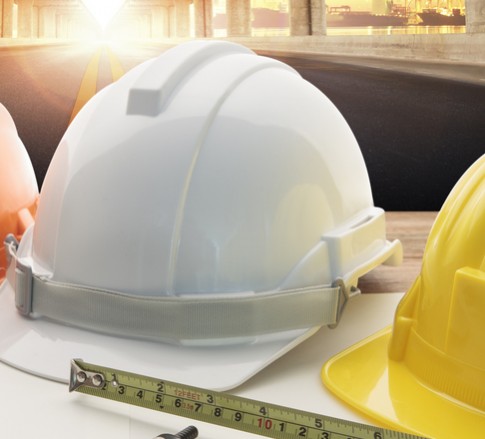OSHA Issues COVID-19 Guidance for the Construction Industry
May 28, 2020
As part of its on-going program to provide guidance to various industries that are continuing to work through the Coronavirus pandemic, OSHA this week established a single-source webpage with coronavirus-related guidance for the construction industry. The guidance includes recommended actions for both employers and employees to reduce the risk of exposure to coronavirus at the jobsite.
Throughout the pandemic, many states have declared construction work to be “critical” or “essential” work, thereby allowing construction to continue while other industries were shut down during the initial stay at home phase. Other states are gradually opening up industries that were completely shut down, which means allowing construction work to resume. OSHA’s website provides information to assist the construction industry in implementing infection prevention measures, some of which are similar to those seen in other industries such as meat packing or manufacturing.
The webpage includes information regarding:
- Using physical barriers, such as walls, closed doors, or plastic sheeting, to separate workers from individuals experiencing signs or symptoms consistent with the coronavirus;
- Keeping in-person meetings (including toolbox talks and safety meetings) as short as possible, limiting the number of workers in attendance, and using social distancing practices;
- Screening calls when scheduling indoor construction work to assess potential exposures and circumstances in the work environment before worker entry;
- Requesting that shared spaces in home environments where construction activities are being performed, or other construction areas in occupied buildings, have good air flow; and
- Staggering work schedules, such as alternating workdays or extra shifts, to reduce the total number of employees on a job site at any given time and to ensure physical distancing.
The website also contains information that will help the construction employer categorize construction work tasks by exposure risk level so that a level of protection appropriate to the exposure risk level can be implemented. The exposure risk level can be determined as part of the regular job hazard analysis. Once the risk level is determined, the employer can identify engineering controls and administrative controls that will be suitable and beneficial for the task.
More specific to COVID-19, the website provides employers with specific information for training employees on the signs and symptoms of COVID-19, how to screen employees, and the actions to be taken at the jobsite and away from the jobsite to protect against infection. This is particularly helpful for those employers who are beginning to return to work. OSHA also identifies a number of safe work practices to implement at the job site. Finally, OSHA discusses the use of PPE, including face protection, and how to assess the need for its usage. Employers should be aware that face protection may be recommended as a result of the exposure risk level analysis in situations where facial PPE was not previously used.
OSHA’s construction work guidance website is found here.



